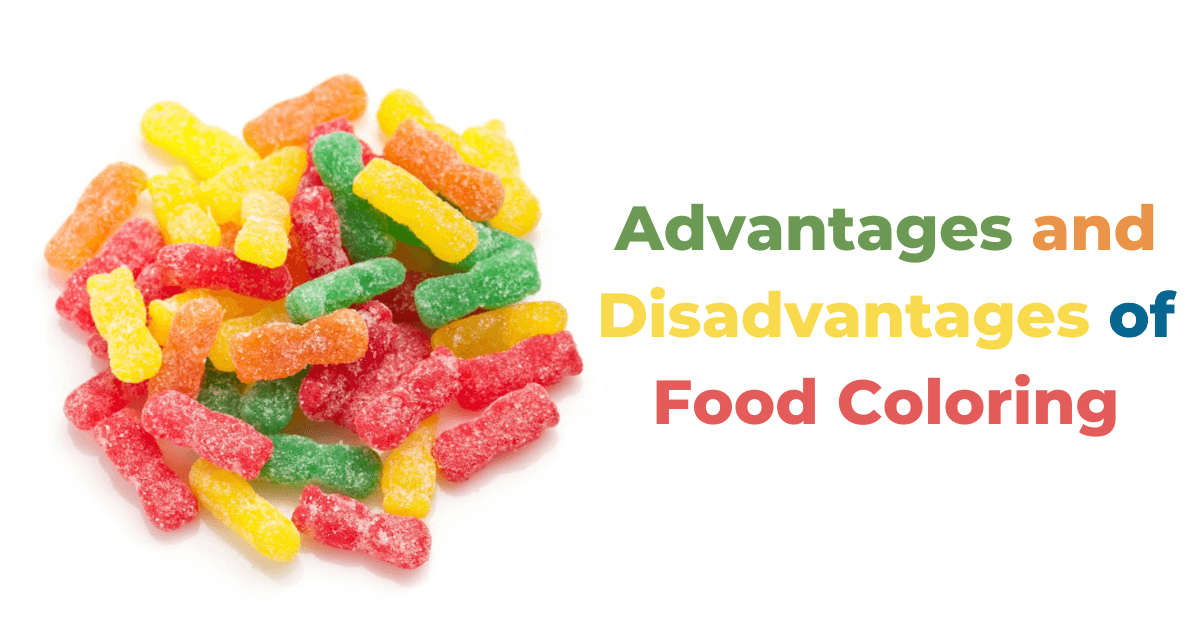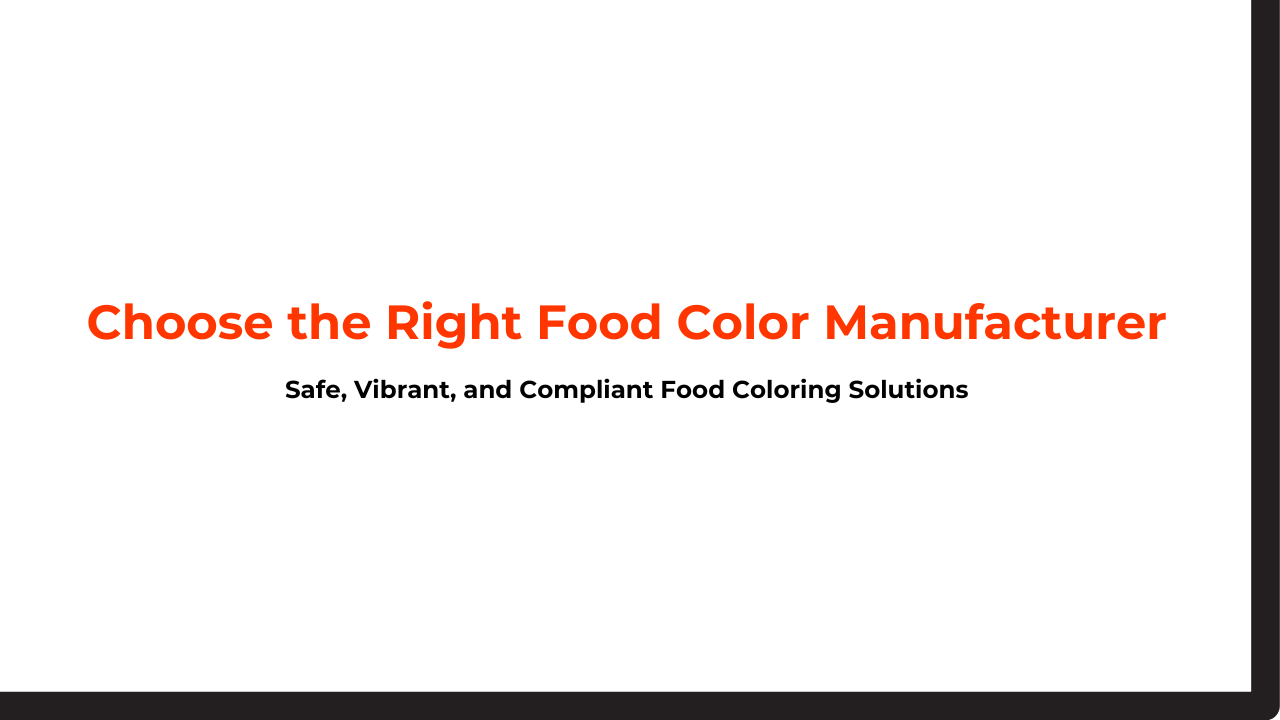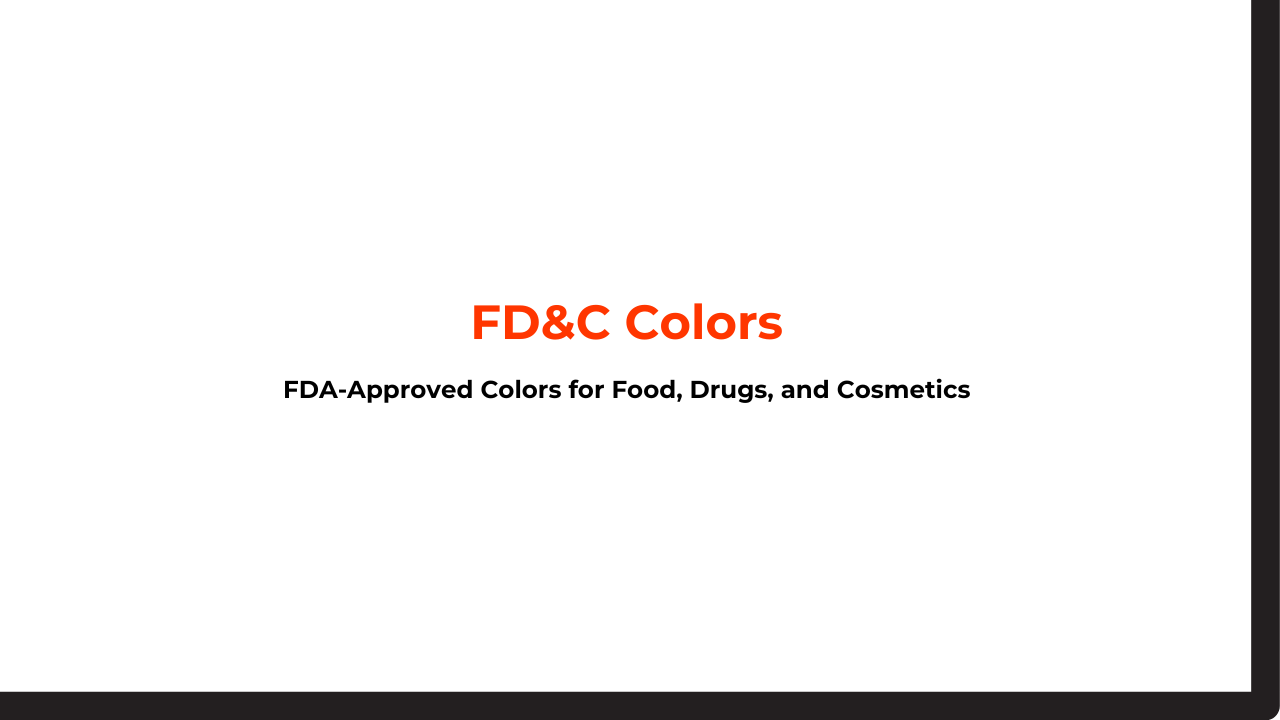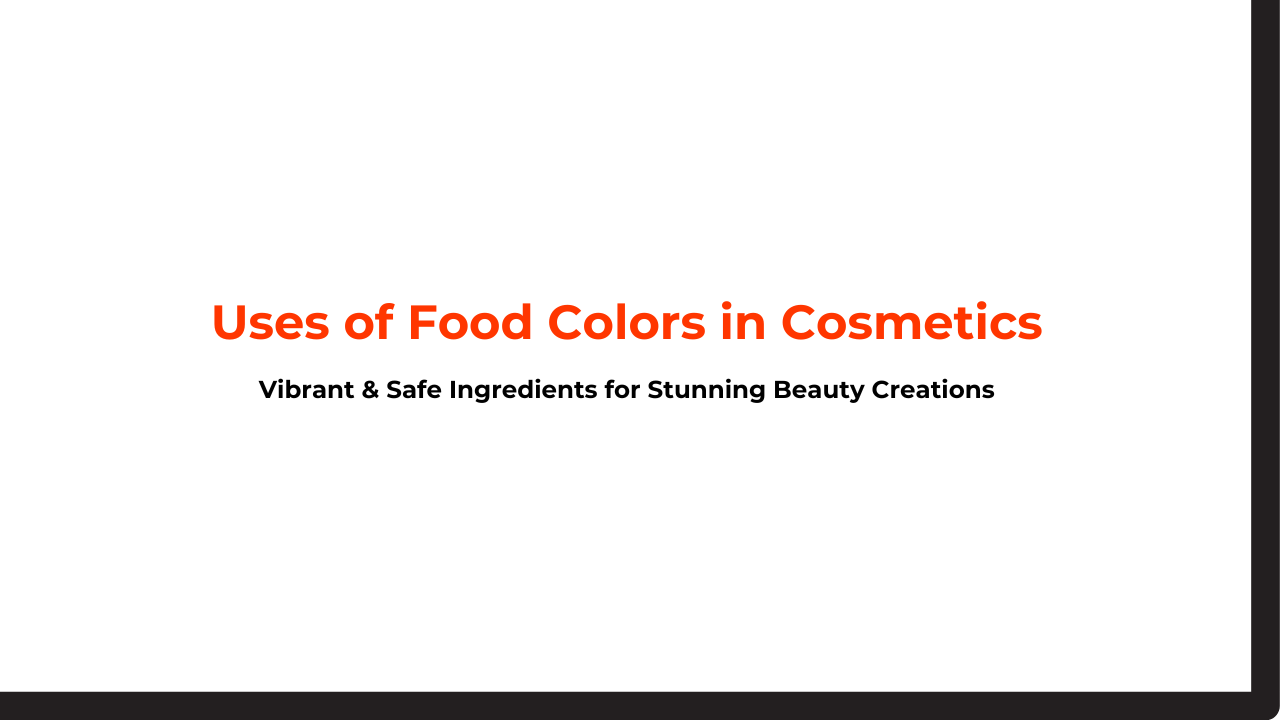Food colorings are dyes, colorants, or coloring agents widely used to impart colors to products they are applied to. The primary purpose of adding food coloring is to make the products more appealing and attractive to consumers. In this blog post, we will walk you through the advantages and disadvantages of food coloring.
Additionally, this guide will provide a basic understanding of the different types of food coloring, including both organic and synthetic options. Whether it’s candies, chocolates, ice cream, icings, or other food and beverage items, food colorings are widely used to enhance the overall look and feel of products.
There are two types of food coloring: organic food colorings, which are primarily derived from natural sources such as plants, trees, vegetables, animals, and minerals, and synthetic food colorings, derived from coal tar and petroleum-based chemicals.
Both types of food colorings are applied in various ways; however, synthetic food coloring is most commonly used to color a wide range of foods. There is a significant difference between natural dyes and artificial dyes, and each has its own advantages and disadvantages, as well as specific areas of application.
Without any further ado, let’s examine the top advantages and drawbacks of food coloring and its uses in various industry verticals.
Here we go with the basic definition of food coloring.
What is food coloring?
What are food dyes? People often ask this question when it comes to food coloring. Food dyes, food coloring, color additives, or colorants are any dye, pigment, or substance used to provide color when added to food or beverages. Food coloring is supplied in various forms, including powders, gels, liquids, or pastes. The use of food coloring is widespread in commercial and domestic cooking.
Are you still wondering what food coloring is? Here is everything you need to know. Food colorants are widely used in various non-food applications, including foods, pharmaceuticals, cosmetics, medical dosage forms and devices, and home craft projects.
Colorants can be either natural or synthetic, but each plays a distinct role and holds importance in the food industry. The U.S. FDA, the European Food Safety Authority (EFSA), and international reviewers, such as the Joint FAO/WHO Expert Committee on Food Additives, continually review and certify colorants for safety in the production of food, beverages, pharmaceuticals, and cosmetics.
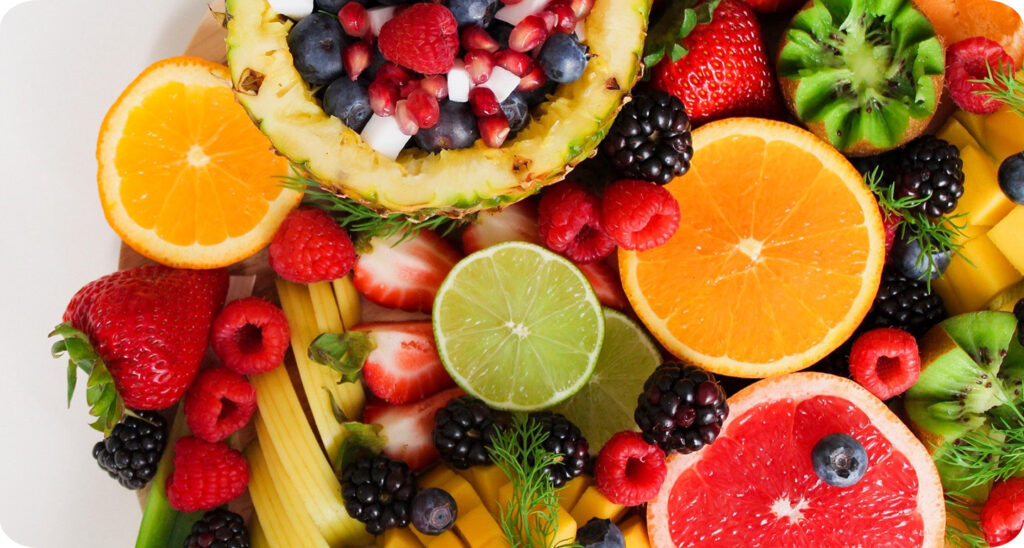
Understanding Organic/Natural Food Coloring
With growing health concerns, the demand for natural food coloring is rapidly increasing in various domestic and commercial markets. Organic food coloring, also known as natural food coloring, is a colorant or color additive derived from natural sources, such as plants, trees, vegetables, beetroots, animals, and minerals.
Natural food coloring is an economically friendly, safe, and healthier alternative to synthetic food coloring. However, due to limited sources and applications, these food colorings are expensive and often fade away after a certain period. Due to their limited uses, natural food colorings are most commonly used for domestic purposes.
Colouring Agents: Advantages and Disadvantages
Advantages of Organic Food Coloring
Organic Food Coloring provides several health benefits, including but not limited to:
- Natural food coloring has antioxidant, anti-cancer, and anti-inflammatory properties that are great for health.
- Enhance the nutritional value of foods and beverages.
- Safe and healthier for human consumption.
- Doesn’t cause any side effects or allergic reactions.
- Natural food coloring is economically friendly.
Disadvantages of Organic Food Coloring
Although natural/organic food coloring provides so many benefits, there are some drawbacks associated with it:
- Natural food colorants tend to have poor stability and often fade quickly compared to synthetic food coloring.
- Challenge food manufacturers to ensure consistent color in their products.
- Organic food coloring offers a limited range of colors compared to synthetic coloring.
- These natural food colorings are expensive, making them unsuitable for mass production.
Understanding Synthetic Food Coloring
Synthetic food colorings are colorants or coloring agents derived from coal-tar or petroleum-based chemicals, which do not occur naturally. The general rule of thumb is to avoid any food that is dyed, as these dyes tend to be used in low-nutritional-value foods, such as candy, soft drinks, and gelatin desserts.
Synthetic food colorings are widely used to enhance the appearance of food products, making them more visually appealing to consumers. They are certified and permitted for use in various applications, including food, drugs, and cosmetics.
Advantages of Synthetic Food Coloring
Synthetic food coloring offers several advantages, including the ability to produce a wide range of colors with distinct hues and shades, lower production costs, and extended product shelf life. Here are the top advantages of synthetic food coloring:
- Derived from coal tar derivatives that contain an azo group.
- Cost-effective and readily available compared to natural food coloring.
- Offer greater resistance to light and pH and don’t fade away.
- Provides high color stability and durability with a longer shelf life.
- Highly appealing to consumers as they impart more vibrant, bright colors to users.
Disadvantages of Synthetic Food Coloring
Although synthetic food coloring has so many advantages, there are some cons associated with synthetic food coloring, including:
- Derived from coal tar and petroleum-based chemicals, which are non-renewable sources of energy.
- Not environmentally friendly.
- Offers high pH, high temperature, strong acids, and heavy metal catalysts.
- Synthetic food dyes are not as healthy as natural dyes.
Conclusion
The bottom line is that food coloring or colorants play a crucial role in the food and beverage industry, enabling food manufacturers to create visually appealing products that appeal to consumers.
Food colorings are widely accepted and approved for use in food, drugs, and cosmetics. Manufacturers need to use premium-quality food coloring to ensure the proper use and maintain the safety of their products.
Hridhan Chem is a reputable manufacturer and exporter of premium-quality synthetic dyes and pigments, offering top-quality products at competitive prices. If you’re interested in a comprehensive range of dyes and pigments for food, cosmetics, and pharmaceutical applications, please contact us today.
FAQs
There are 4 types of food coloring used by bakers and cake decorators in various food and beverage industries:

